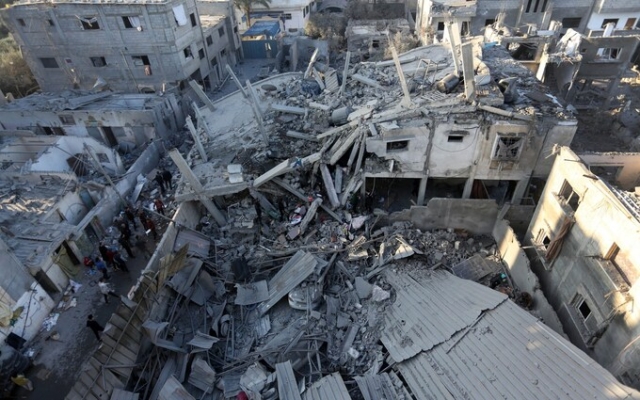 Palestinians inspect the damage caused by Israeli strikes on the Zawaid area in the central Gaza Strip on December 30. Photo: AFP VIA GETTY/AFP
Palestinians inspect the damage caused by Israeli strikes on the Zawaid area in the central Gaza Strip on December 30. Photo: AFP VIA GETTY/AFP
In his hometown of Rafah, 34-year-old Ahmed Radwan is digging.
Under piles of concrete he is looking for his school friends, colleagues, his family.
«I'm trying to save the people I grew up with,» a search and rescue worker told The Telegraph. “Our capabilities go beyond our capabilities.”
More than 7,000 people, including 4,900 children and women, have gone missing in the Gaza Strip since the war began on October 7.
Hamas Gaza's health ministry estimates 21,000 people have died, and satellite images show nearly 100,000 buildings may have been damaged.
With bombs still falling, tens of thousands injured, and tools and basic resources lacking, finding those trapped under the rubble is becoming increasingly difficult.
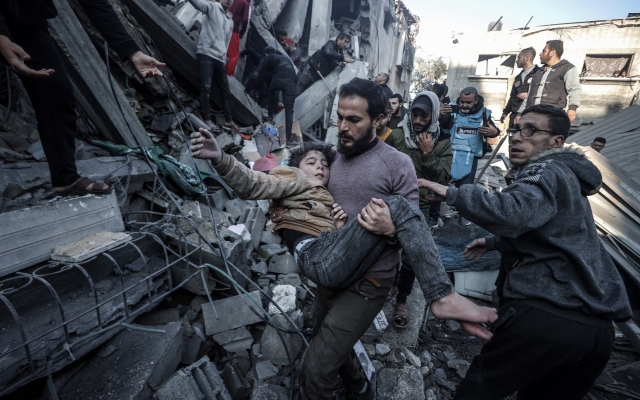 A resident of a house pulls a Palestinian child alive from the rubble on December 30 after an Israeli attack on a house belonging to the al-Wawawi family in Gaza City. Photo: ALI JADALLAH/ANADOLU VIA GETTY/ANADOLU
A resident of a house pulls a Palestinian child alive from the rubble on December 30 after an Israeli attack on a house belonging to the al-Wawawi family in Gaza City. Photo: ALI JADALLAH/ANADOLU VIA GETTY/ANADOLU
More than 35 members of Mr. Radwan's team have died during search operations, and frequent communications blackouts have forced rescuers to resort to simply screaming to find survivors.
“Decisions are made in the blink of an eye, often vital ones. changing the consequences,” says Mr. Radwan. “The trauma is more than physical; it is a relentless emotional and mental battle.”
Mr Radwan says his team is woefully underequipped and working with a meager fleet of bulldozers and outdated tools. Earlier this month, the Gaza Strip press office reported that 80 percent of rescue vehicles and equipment had been destroyed.
During one search in Tal el-Sultan, Radwan said he had to search for a five-year-old boy and his father with only “basic tools.” “We heard their voices under the rubble,” he says.
Over the past three months, Israel has dropped thousands of bombs on the Gaza Strip. An analysis by CNN found suspected bomb craters weighing 2,000 pounds, suggesting the bombs used are four times heavier than the largest bombs the United States has dropped on ISIS in Iraq.

When Israeli air strikes hit the Taj 3 building, west of Gaza City, on October 25, Asil Hanoun was another Palestinian who found herself in the role of rescuer.
“During the bombing, I lost contact with my sister, and after several hours later, a stranger answered her phone, shouting that our house was no longer there, still under rubble,” says Ms. Hanoun. “My father managed to bring a bulldozer, but it was like searching for needles in a haystack.”
After three days, the family made the difficult decision to stop searching.
The cemeteries were filling up
“I have lost the best people in my life. My uncles, cousins and their children. Seventeen beautiful souls from our home are still buried under the rubble,” she says.
For those bodies that have been recovered, burial sites are being frantically sought. Over the past 12 weeks, cemeteries have become overcrowded and there are not enough coffins.
And while many of the white blankets used to wrap bodies have loving sayings on them, many also simply say “unknown man” or “unknown woman.” In such cases, photographs of the burials are taken and the date and location of the strike are documented so that relatives can later identify the people.
“In Gaza we had 11 cemeteries, nine of which were completely full from the first week. » says Mazen Al-Najjar, an official at the Ministry of Religious Affairs. “We face enormous difficulties in honoring the dead through burials.”
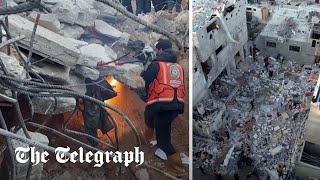
More than 120 mass graves According to Euro report -Med Monitor, built by families from all over the region. Drone footage released this week showed about 80 unidentified Palestinian bodies buried in a mass grave in Rafah.
“Mass graves in emergency cemeteries are our last resort,” says Mr. Najjar.
Mr. Radwan is determined to carry out the search operation, but he is afraid of the work ahead. «Even if the war stops now, excavating the dead and searching for the missing will take years,» he says.



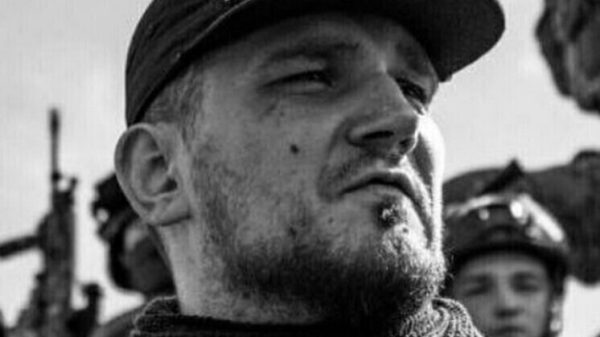
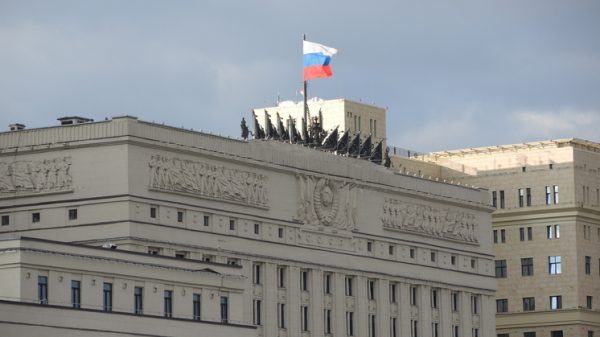
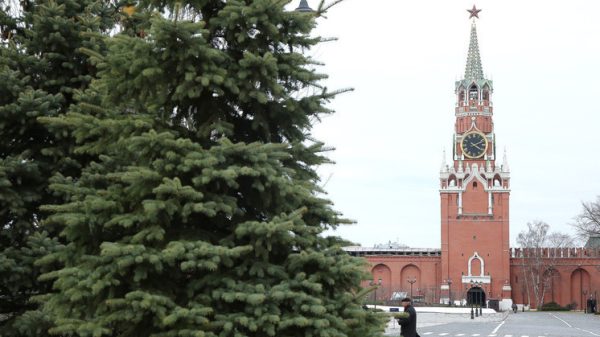

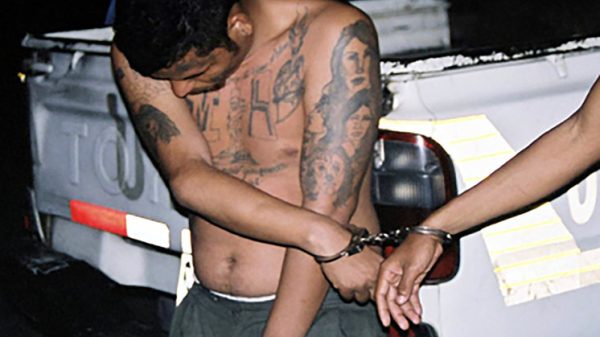

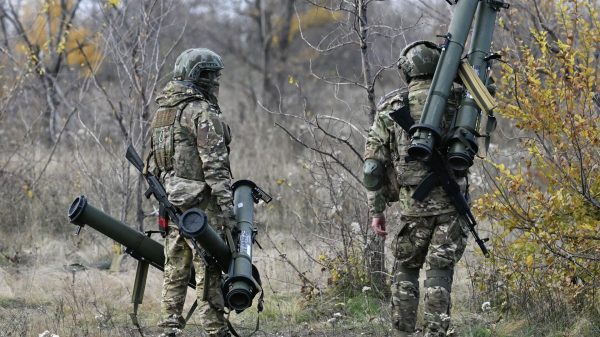
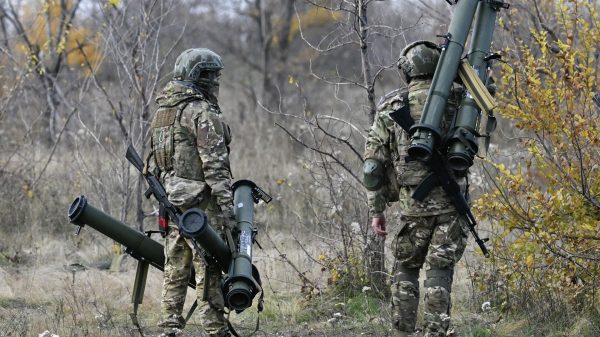


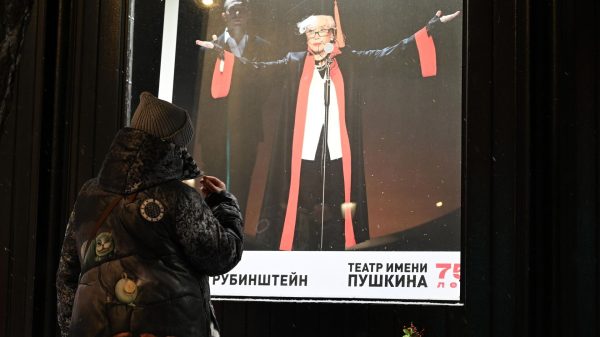




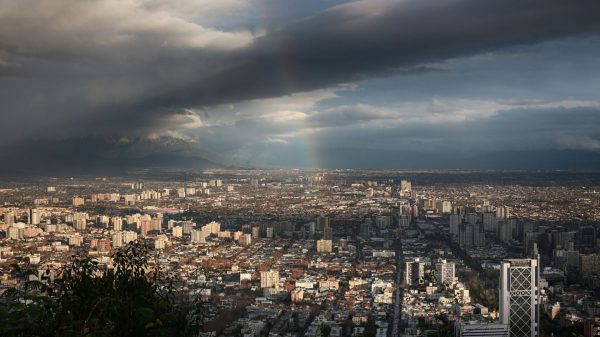































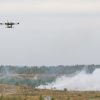



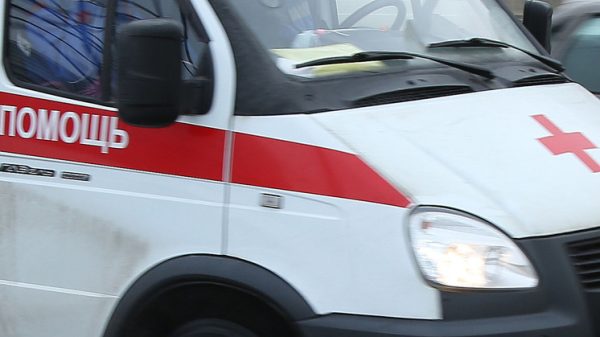
Свежие комментарии